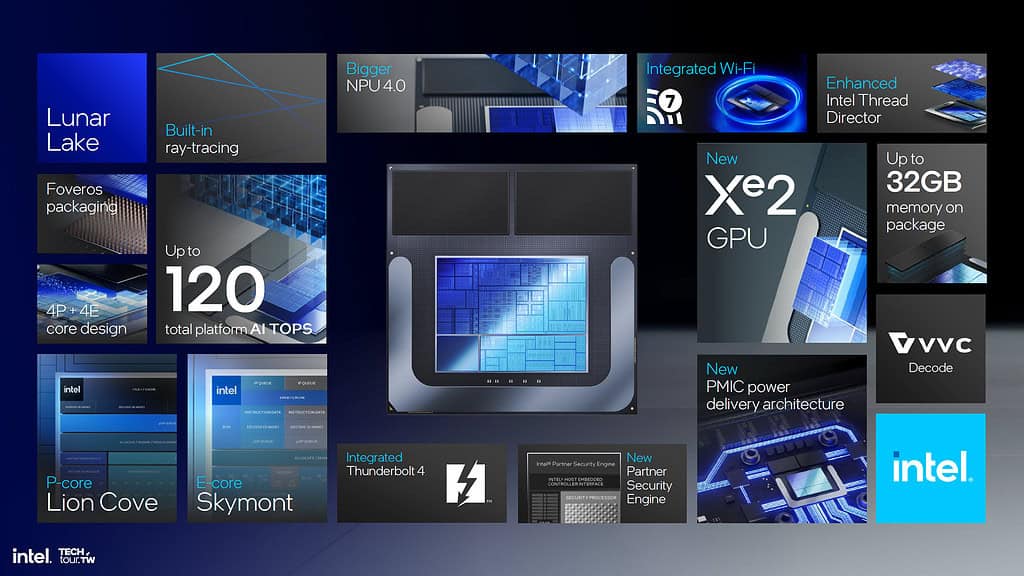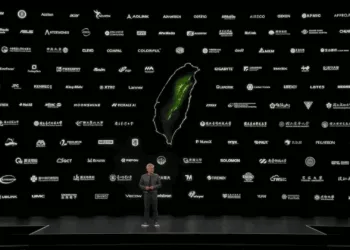As Intel gears up to launch its highly anticipated Lunar Lake CPU lineup, the spotlight is firmly on the flagship model, the Intel Core Ultra 9 288V. Recent benchmarks from Geekbench 6 have revealed that this CPU is set to redefine single-core performance in a low-power design, outpacing competitors like the Ryzen AI 300 series.
Intel Core Ultra 9 288V: Designed for Efficiency and Power
Scheduled for a September release, the Intel Lunar Lake series targets the Thin & Light laptop segment. This lineup introduces cutting-edge technologies, including Lion Cove P-Cores, Skymont LP-E cores, and Xe2 GPU cores. One of the standout features is the Neural Processing Unit (NPU), offering up to 48 TOPS and a cumulative platform performance of up to 120 AI TOPS. These advancements mark the dawn of Intel’s “Copilot+” PCs.

Key Specifications of the Intel Core Ultra 9 288V
At the heart of the Lunar Lake family, the Core Ultra 9 288V boasts impressive specs:
- Cores and Threads: 8 cores (4 P-Cores + 4 LP-E cores) and 8 threads.
- Clock Speeds: Base clock of 3.3 GHz, with boost clocks up to 5.1 GHz for P-Cores and 3.7 GHz for E-Cores.
- Cache: 12 MB.
- Power Consumption: Available in 30W PL1/PL2 configurations, significantly lower than the Meteor Lake lineup’s 57W MTP.
Additionally, the Core Ultra 9 288V features an Arc 140V GPU operating at 2.05 GHz, leveraging the Battlemage graphics architecture. The CPU also supports 32 GB dual-rank LPDDR5x memory clocked at 8533 MT/s. When combined, the NPU and GPU deliver a staggering 115 TOPS, with an additional 5 TOPS from the CPU.

Benchmark Performance: Single-Core Dominance
When it comes to performance, the Intel Core Ultra 9 288V shines brightly. In Geekbench 6 tests, it scored up to 2901 points in single-core performance and 11,408 points in multi-core performance. Even the lowest scores recorded were impressive, with 2790 points in single-core and 9596 points in multi-core performance.
In single-core performance, the Core Ultra 9 288V outperforms the Ryzen AI 9 HX 370 APU, which operates at a 35W configuration. Despite similar boost clocks of up to 5.1 GHz, the Lunar Lake CPU edges ahead by 2.4%. At a fixed 30W TDP for the Ryzen AI 9 HX 370, this performance gap can widen to as much as 5%.
Multi-Core Performance: Holding Its Own
While the Core Ultra 9 288V excels in single-core benchmarks, it also holds its own in multi-core scores. It competes well against the 45W+ configurations of the Ryzen 9 7940H and 8945HS. However, due to its 8-core architecture, it falls slightly behind the multi-core scores of the 10/12-core Ryzen AI 300 series.
via: Benchleaks








